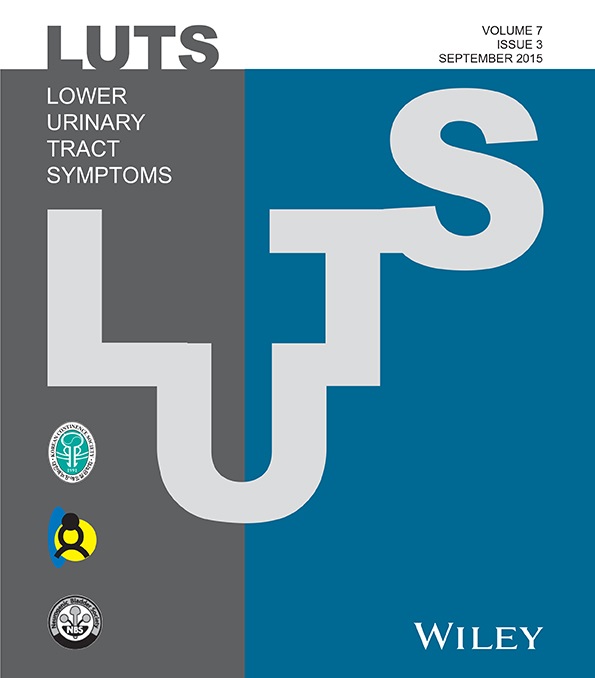Role of Bladder Neck and Urethral Sphincter Dysfunction in Men with Persistent Bothersome Lower Urinary Tract Symptoms after α-1 Blocker Treatment
Abstract
Objective
To analyze the video-urodynamic results of voiding dysfunction in men of all ages with bothersome lower urinary tract symptoms (LUTS) after α-1 adrenoceptor blocker therapy.
Methods
A total of 930 consecutive men over 45 years of age with LUTS who were failure treated with α-1 blocker therapy for at least one month were retrospectively studied. Patients underwent video-urodynamic studies to evaluate the cause of lower urinary tract dysfunction (LUTD). Clinical symptoms, prostatic measurements, and video-urodynamic findings were compared among different LUTD groups.
Results
After video-urodynamic studies, 653 (70.2%) men were diagnosed with voiding dysfunction and 277 (29.8%) were with bladder dysfunction. Among patients with voiding dysfunction, bladder neck dysfunction (BND) occurred in 242 (37.1%), benign prostatic obstruction (BPO) in 298 (45.6%), and poor relaxation of the external sphincter (PRES) in 113 (17.3%). The symptom score did not differ significantly among the three subgroups. The mean age, total prostate volume (TPV), transition zone index, and prostate-specific antigen were also significantly higher in BPO patients compared with the other two subgroups, but no difference was noted between BND and PRES patients. BPO patients had significantly higher voiding pressure, higher Abrams-Griffiths number, lower Qmax, and a higher rate of detrusor overactivity than did patients in the other two subgroups.
Conclusion
Bladder neck dysfunction and PRES play important roles in male LUTS. In men younger than 70 years with small TPV and persistent LUTS after α-1 blocker therapy, video-urodynamic studies should be performed to make an accurate diagnosis before invasive surgery is planned.




